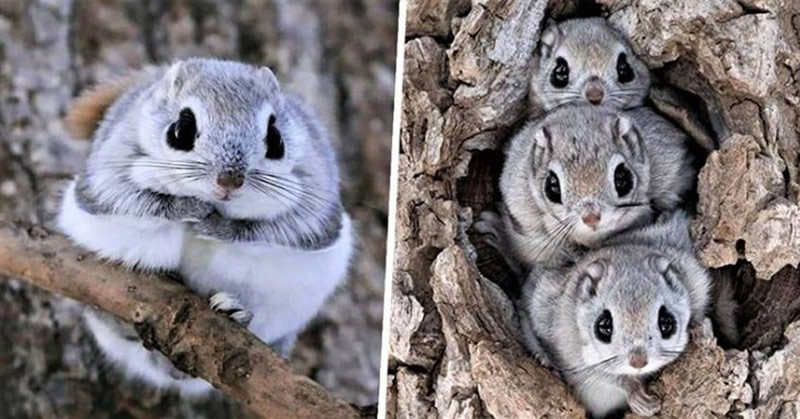Squirrels are the cutest, and even more so when they look like one of our favorite animé characters – Pokémon! The Japanese dwarf flying squirrel, Pteromys momonga, is one of the cutest species of tiny squirrels in the world, native to Japan, and is endemic to the remote Islands of Honshu and Kyushu [1]. They are also found in some parts of Siberia and Europe, from the Baltic Sea to the Pacific Coast.
There are over 50 known species of flying squirrels in the world, and despite what the name implies, these little guys don’t actually fly. They have fur-covered membranes that stretch from the forelimbs to the hind limbs and are spread to allow them to glide from tree to tree. In motion, they sort of look like hanging bats [2]. The membranes are so powerful that the squirrels may glide up to 100 meters at a time, making them incredibly elusive and undesirable to slower predators.
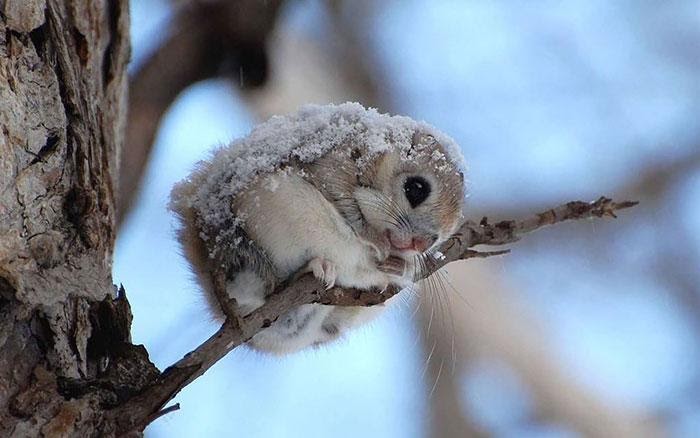
The Japanese flying squirrel is extremely small, with the average size of an adult ranging from 14- 20 cm, weighing about 150-220g. While the exact life expectancy of this particular species is unknown, it’s estimated that they may live 4-5 years in the wild and up to 15 years in captivity, just like other flying squirrels.
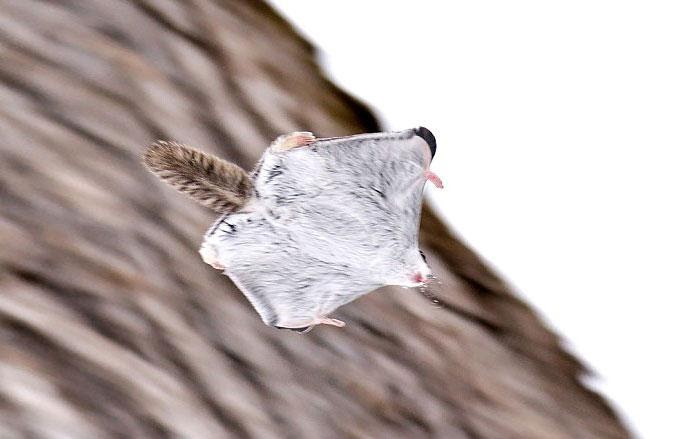
Behavior and reproduction
The Japanese flying squirrel is a highly nocturnal arboreal species that live in trees and only comes down to hunt for food. Outside the mating season, which occurs twice a year for this species, same-sex squirrels can share the same trees and holes, where newborns are nested with their mothers. Just like other rodents, their behavior is generally erratic and communication modes are quite difficult to decipher.
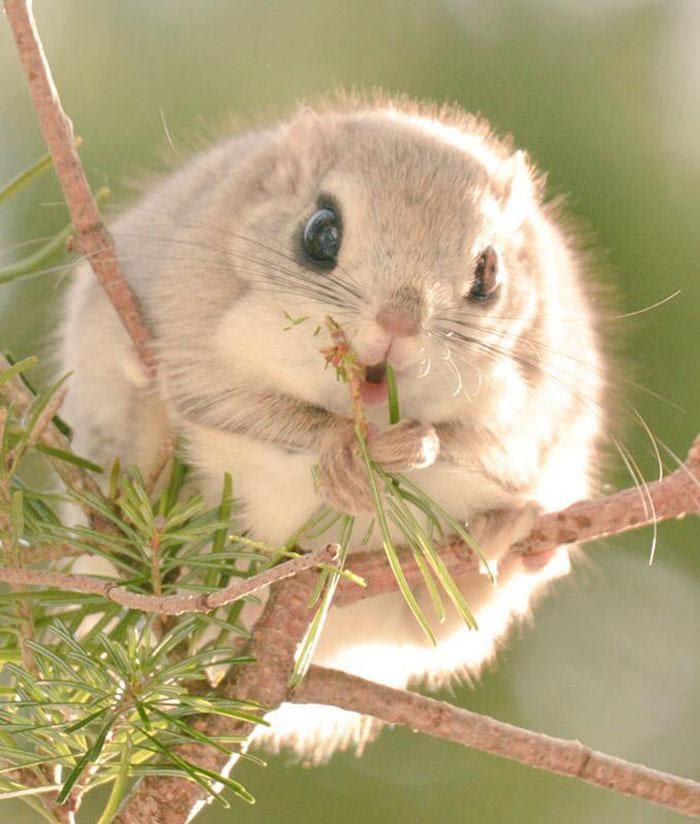
During the mating seasons from May to July, mixed groups form in the trees and may stick together or disperse at the end of the baby-making activities. The females lay about 2-3 kits in one pregnancy which typically lasts four weeks. The babies stay with their mothers until they are about 6 weeks old and can fend for themselves.
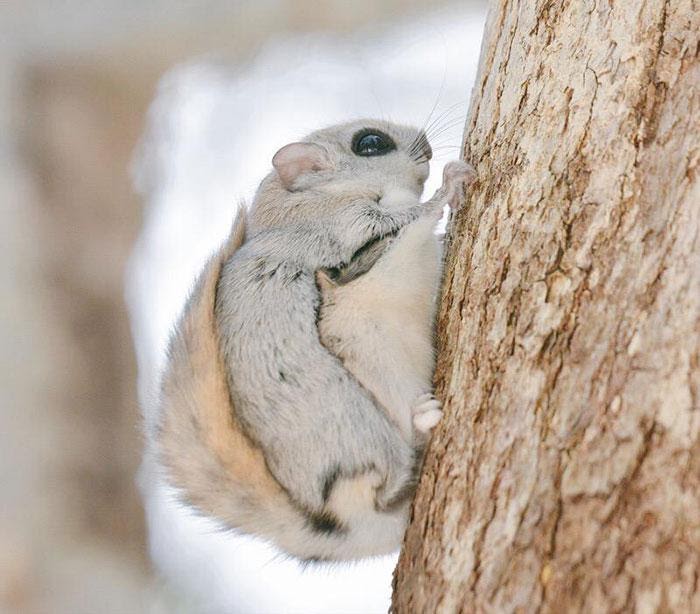
It is uncertain whether the males participate in parental care, but they most likely hunt for food for their mates.
These squirrels do not hibernate, although they have been found to sleep several days at a time during the winter. I think we can all relate.
Feeding and conservation
When it comes to food choices, Japanese flying squirrels are your typical neighborhood nut lovers with an all-encompassing herbivore diet (frugivores, granivores, and lignivorous). Their favorites include nuts, fruits, pine seeds, tree barks, other “wooden supplements”, and occasionally insects.
The Japanese dwarf flying squirrels do not have tails as long as their distant cousins due to their incredibly small body size. However, they still manage to wind their short furry tails around branches while eating upside down. They use the tails to support themselves as they reach out to pluck fruits, nuts, carve tree barks, and whatever else is available.
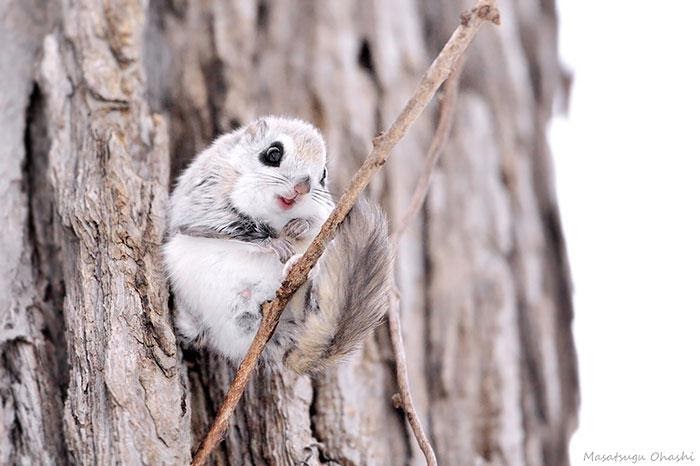
On the IUCN red list, the Japanese flying squirrel is classified as “Least Concern”, which implies that they are relatively widespread in their natural habitats and do not face any serious survival threats. However, as is usually the case with rodents and tiny animals, it is nearly impossible to estimate their actual populations at any given time.
Keep Reading: Man Builds An Adorably Tiny Picnic Table For Squirrels In His Yard
Sources
- Tracy Watkins. Pteromys momonga – Japanese flying squirrel. Animal Diversity. https://animaldiversity.org/accounts/Pteromys_momonga/ Retrieved 25-08-2020
- JAPANESE DWARF FLYING SQUIRREL. Animalia. https://animalia.bio/japanese-dwarf-flying-squirrel Retrieved 25-08-2
